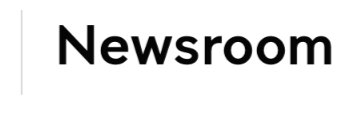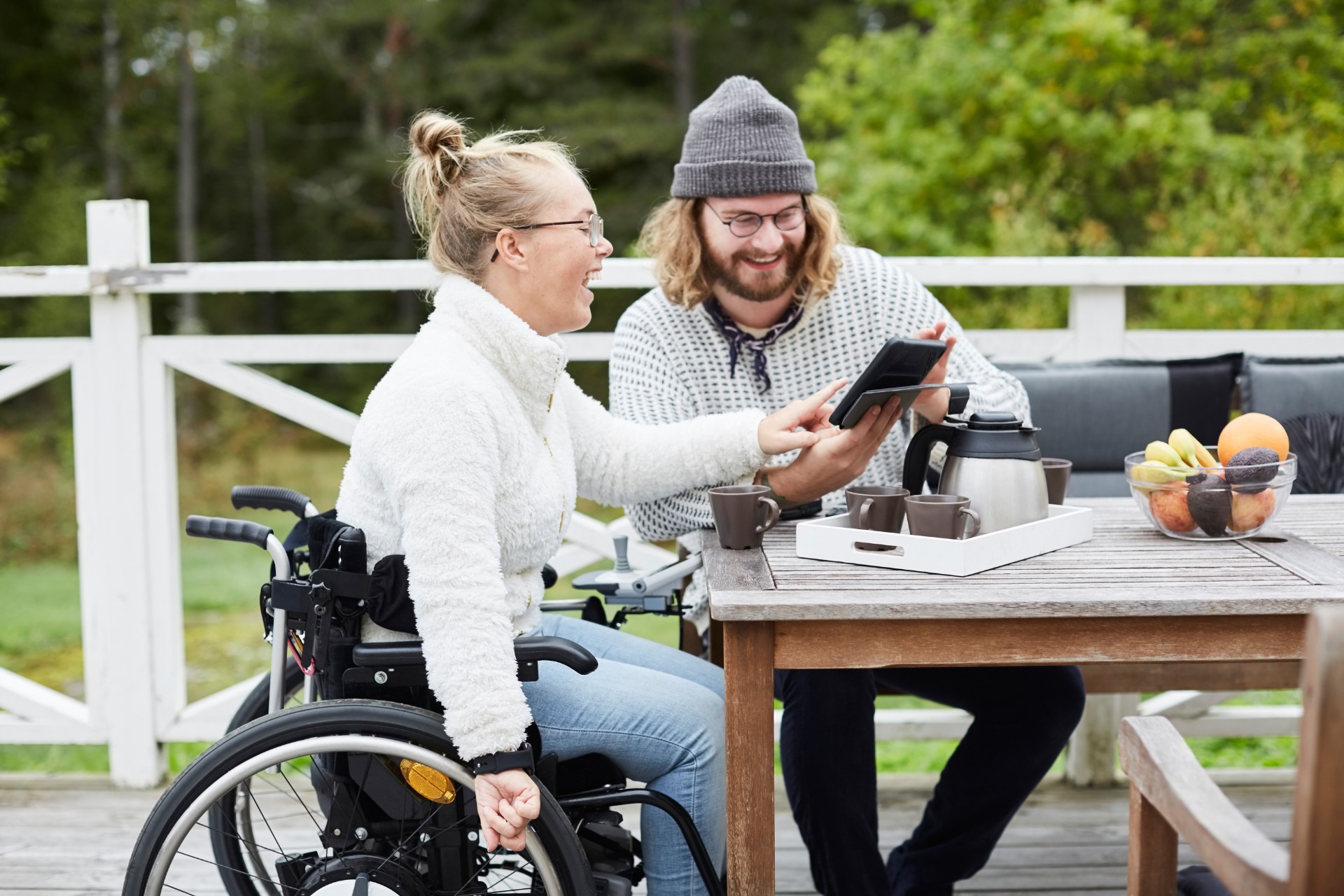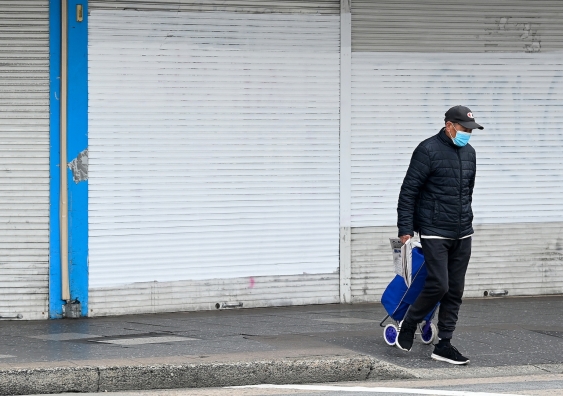In a pandemic, bushfire or flood, people need high quality safety and crisis information. Getting emergency messages quickly can help people know how to prepare, what rules to follow, where dangers are, where to gather safely and when help is on the way.
This life-saving potential exists for everyone – including people with disability, who may be particularly affected by climate change. So it is important that crisis information is accessible and its meaning is clear for everyone.
Yet, the disability royal commission and advocates say people with disability have not been provided with enough thorough, timely and up to date, accessible information during recent crises.
For example, the government’s accessible information about the early dangers of COVID was not made available at the same time as the standard information and didn’t include enough different types of accessible information.
With climate change making extreme weather events more common and more intense, we asked 17 accessible information provider organisations what could improve accessible crisis communication for people with disability.
What is accessible information?
Accessible information can come in a range of types, including Auslan, captions, Easy Read and Easy English (which both use pictures as well as simpler language) and braille.
Beyond specific formats, information is accessible when it is:
• made for a specific audience
• matched to their technical requirements
• co-designed with and user tested by people with disability
• easy to locate and distribute to people who need it
• to the point and practical
• up to date, accurate and verified
• delivered with a “human touch”.
Who makes accessible information?
There is a small group of provider organisations who make accessible information. Some are specialist accessibility businesses and others are disability advocacy organisations. They usually work from project to project to develop individual accessible products with payment from commissioning bodies, such as government, councils, community organisations and private businesses.
This is important work, yet the piecemeal nature of it means it is hard to build and expand information accessibility businesses between projects. It is also hard to ensure there is accessible information to cover everything people with disability need to know, let alone keep it updated and make sure it is produced under best-practice conditions.
These challenges are even more serious in a crisis. If accessible crisis information is not accurate, complete, up to date and high quality, there can be life and death consequences for people with disability in a bushfire, flood or pandemic.
For example, they may not know if it is controlled backburning or an uncontrolled fire approaching their property or about pandemic safety rules.
Four ways to improve accessible crisis information
Accessible information provider organisations told us four things that could help:
1. A direct source of information
Keeping up with constantly changing details in a crisis is difficult for accessible information provider organisations. Having a direct source (such as a government or emergency services contact) of correct information to “translate” into accessible formats would help.
2. Subject matter experts
Accessible information provider organisations are experts on style and accessibility – not crises. There needs to be support from subject matter experts (such as doctors or emergency service personnel) to check accuracy.
3. Not waiting for a crisis
Making high quality, accessible information takes time, money and skilled staff. Ensuring the required workplace, professional learning and human resources conditions are in place is a long term task. Sufficient resourcing for accessible information provider organisations is important from way before a crisis.
4. Upskilling agencies
Not all accessible crisis information can be made by provider organisations. Sometimes crisis information – like evacuation orders or information about approaching fire – needs to be available immediately. Emergency services need more thorough baseline accessibility skills to make this information themselves.
New rules and resources could help
Clearer and more comprehensive national legislation requiring the production of accessible information would give people with disability the information they need to stay safe in times of crisis. Such laws should clearly outline all situations in which accessible information must be provided (including crises), formats to be considered and the standard necessary.
There are different options for how to make this legislation. In its final report, the disability royal commission said information accessibility should be covered in a new Disability Rights Act. Our report shows information accessibility requirements should also be clearly and consistently included in the governing legislation of sectors like emergency response and health.
Accessible information provider organisations should also have reliable, ongoing funding (not only project to project payments), with capacity for expansion during weather emergencies and public health disasters. This would ensure the workforce and systems are in place to expand workflow quickly when needed and get messages out rapidly to people with disability.
And everyone – from media organisations to designers, businesses and service providers – needs to get on board. The more people who prioritise accessible information, the safer people with disability can be in a crisis.
Ariella Meltzer, Research Fellow in the Centre for Social Impact, UNSW Sydney
This article is republished from The Conversation under a Creative Commons license. Read the original article.






